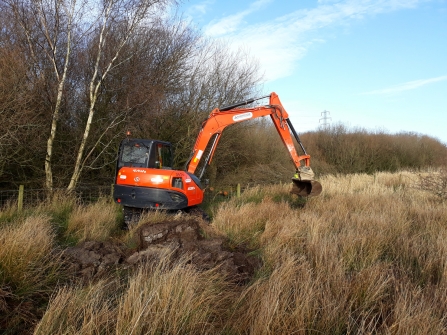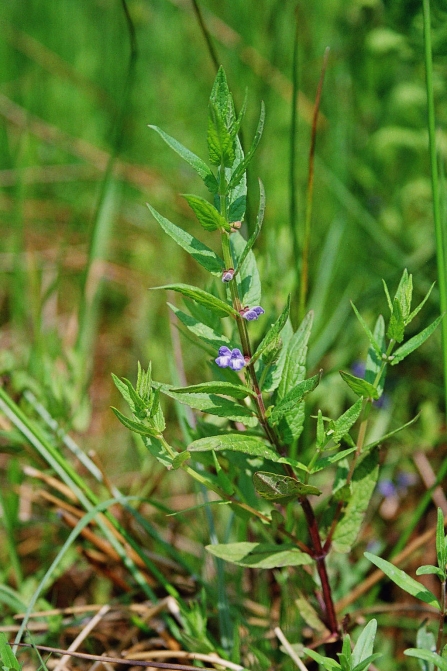The Wet Grassland Project at Heysham Moss will also help to control and manage water levels and improve access for local people.
The Lancashire Wildlife Trust, supported by funding from Ørsted through their Walney Extension Community Fund, will be working to enhance the site with new hedges and wildflowers.
The project aims to enhance the floral diversity of the wet grassland habitat and help the Wildlife Trust to enhance the neighbouring raised bog, which is a Site of Special Scientific Interest.


